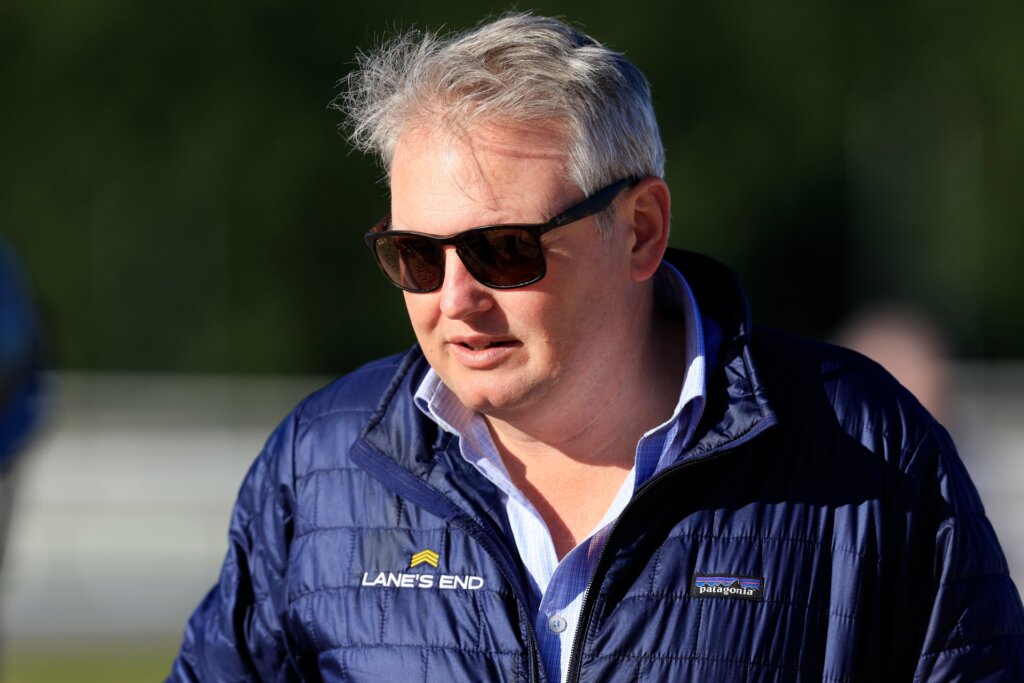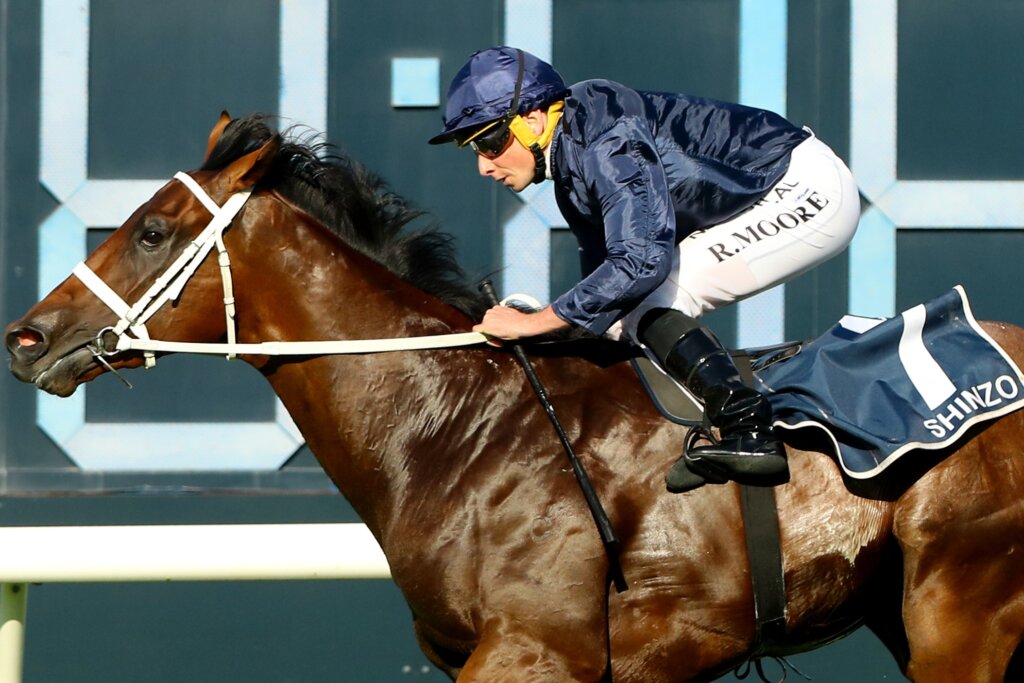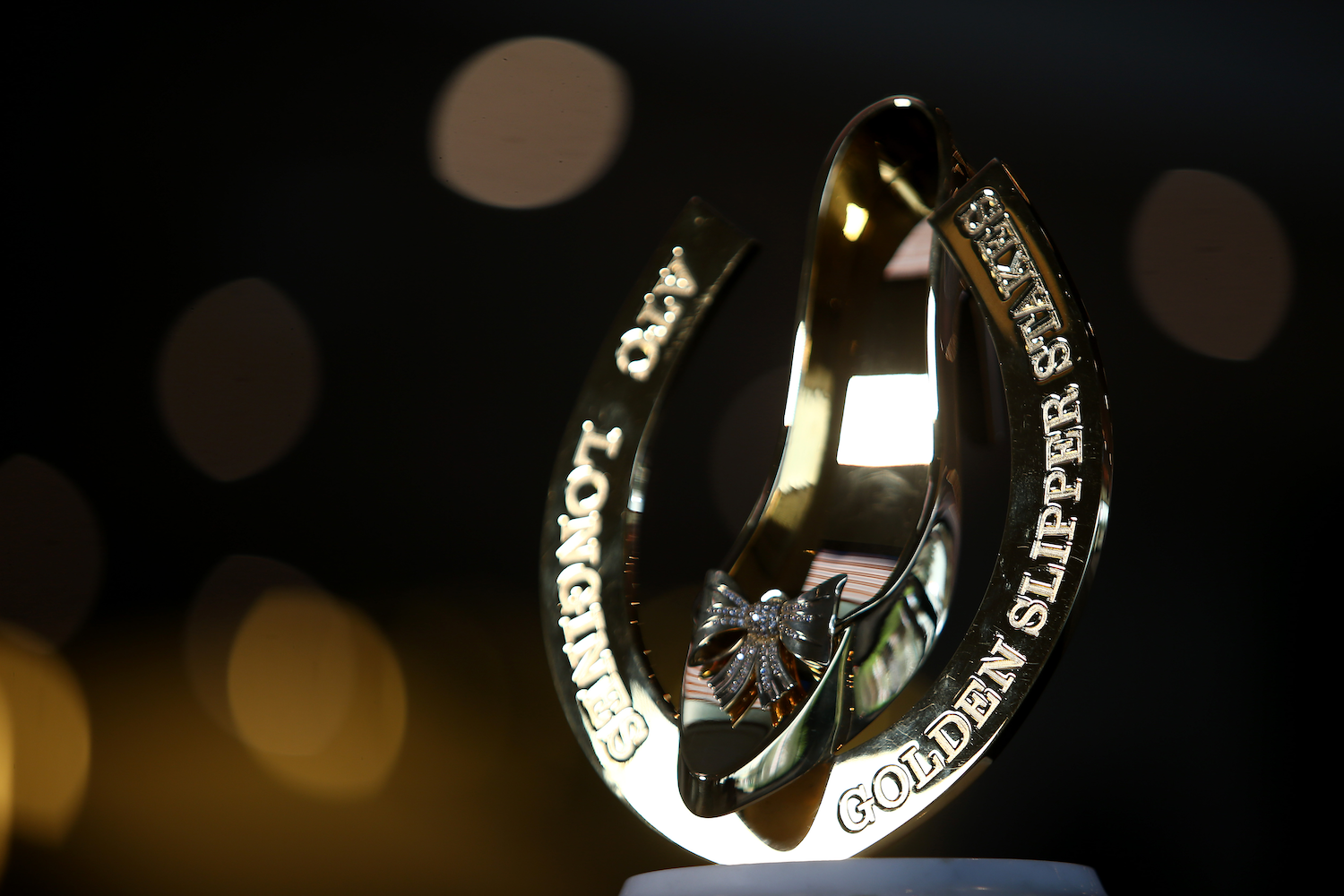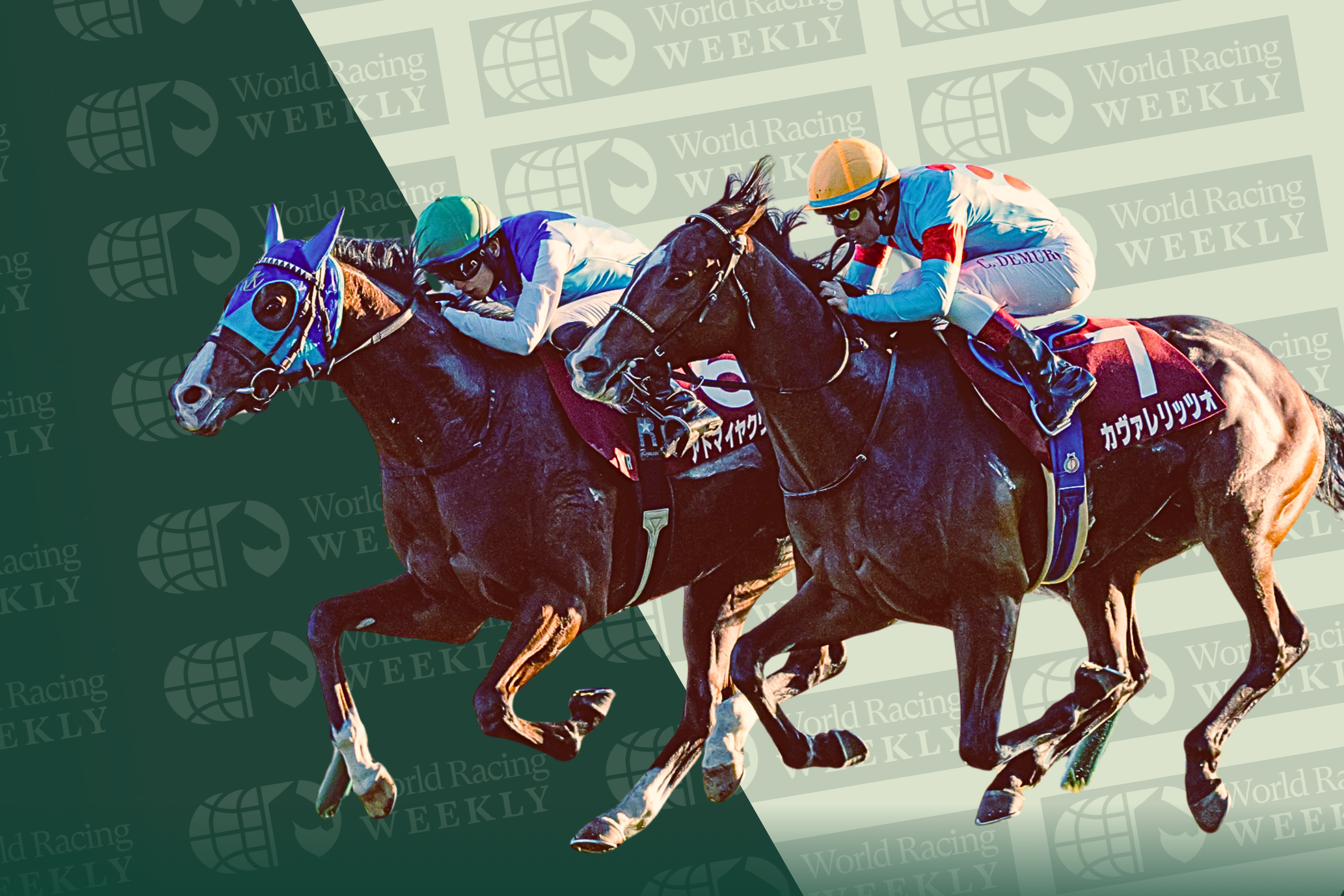The Golden Slipper: The Changing Chase For Australia’s ‘Four-Legged Lottery’
It’s a distinctly Australian race, but the allure of the world’s richest two-year-old event appears to be waning if recent statistics are any guide.
OF ALL THE world’s great horse races, the Golden Slipper might be the most peculiar.
Where else do young horses, some of which just a year ago were bucking and squealing in a sales ring with a tiny sticker on their hindquarters so they can be identified, scamper over just 1200 metres for life-changing rewards?
But it’s also so entrenched as part of Australian racing, a four-legged lottery where everyone wants a ticket.
Who really knows if that million-dollar colt will be able to run fast at the age of two? Or if that impeccably bred filly will be as good as her mother, less than a year after being broken in? Or that plain gelding from a stallion now standing in Turkey might be good?
That’s the Golden Slipper, a race which everyone hopes to win. Often, it’s the hope that kills you.
Established in the mid-1950s as Australia’s answer to the rich American Futurity races that led the world in prizemoney at that time, the race has outlasted them all and has been well entrenched as the world’s richest juvenile race for decades.
But before the 2025 edition of the A$5 million Golden Slipper, one which pundits have labelled the most open in recent memory, there’s a sobering thought: fewer two-year-olds are targeting the race than ever before.
It’s not an entirely new trend. The number of two-year-old starters each year in Australia before the Golden Slipper, held in late March, has been gradually declining for years.
Yet the lack of a genuine ‘superstar’ or superior juvenile in 2025 has posed the question: where have all the two-year-olds gone?
“This year it has really hit home because there hasn’t been a standout,” says trainer Peter Snowden, who has won the race twice with Sepoy (2011) and Capitalist (2016).

According to Racing And Sports, at the start of this year’s Golden Slipper week there had been only 894 two-year-old starters across Australia in the 2024-25 season. It’s a decrease from 917 (2023-24) and 952 (2022-23) in the past two seasons.
But the real change has occurred from pre-COVID levels when 1154 runners had competed before the Golden Slipper in the 2018-19 season.
Going even further, Racing And Sports data suggests the drop in the number of two-year-old runners before the Golden Slipper has been a staggering 44 per cent in the last 20 years.
“Stratum had to prove himself the best of nearly twice as many runners as we have seen in 2025,” says Racing And Sports’ Adam Blencowe.
So why has one of Australia’s most beloved races been drawing from a shrinking horse population?
“I can only go on what we have here, and I don’t know if they’re over prepared as yearlings, but you have to be very careful with (two-year-olds),” says Snowden, who will saddle up Quietly Arrogant in this year’s race.
“They don’t cop a lot of hard work or racing. They’re up today and gone tomorrow. They’re just not tough horses. They seem to be fragile, and you have to give them more time off than you normally would.
“The last four or five years, this has been the case especially. I think they’re a softer breed (nowadays).”
It’s a view which has support from some of the highest profile Australian studmasters.
The influx of European blood into Australian pedigrees is singled out as a factor, with shuttle stallions from the northern hemisphere tending to produce slower maturing horses suited over further distances than the Golden Slipper sprint. That’s increased the overall strength of Australian racing, but hasn’t helped the Golden Slipper.
“When that gets blended into our blood, it probably takes some of the precocity out of our bloodlines from a macro perspective,” Newgate Farm boss Henry Field says. “For whatever reason, horses have probably got softer over time.”

Field’s opinion is supported by John Messara, one of the most influential breeders in Australian history.
“People are arriving to the conclusion horses aren’t fully developed until they’re three years of age,” he says. “People are getting more patient with their horses. And there’s better programming for older horses. Without the assistance of hormones, two-year-old racing can take its toll.”
Perhaps the most patient trainer in Australia is Chris Waller, the self-made ex-pat New Zealander who arrived in Sydney more than two decades ago with maxed out credit cards and no horses. He had to live off the earnings of his wife’s modelling career.
Waller runs a stable juggernaut now, one which has won the last 14 Sydney training premierships and has emerged as Australia’s top Group 1 yard.
But he has always been unashamedly gentle with his horses, refusing to push them in training, particularly at the age of two. He only won his first Golden Slipper in 2023 with Shinzo.
At the official two-year-old trials last September, which is typically the start of the juvenile season, Waller didn’t have a single runner. Not one.
“He is very patient with his horses – and it’s been super successful,” Field says.
“Historically, the likes of Tommy Smith, Gai (Waterhouse) and John Hawkes in the Woodlands era, they were high-profile two-year-old trainers who would get a lot of horses ready for the Breeders’ Plate and Gimcrack Stakes (to start the new season).
“Chris’ model has worked so well for his longevity – and other trainers are following suit.”

Waterhouse has made a name for herself as the queen of the Golden Slipper.
She has won the race seven times, usurping her late father Tommy Smith’s record of six. Smith famously told Waterhouse while he was on his death bed she couldn’t train two-year-olds. Her legacy suggests anything but.
Waterhouse has always subscribed to the theory, to win a Golden Slipper, a two-year-old must have its first start before Christmas.
But recent history suggests trainers are putting the brakes on their best two-year-olds, with Shinzo, Stay Inside (2021) and Estijaab (2018) all debuting in the new year before winning the Golden Slipper.
Waterhouse is adamant the programming needs to be looked at to allow for more opportunities for two-year-old racing before the Golden Slipper.
“I still believe we don’t have enough two-year-old races, and this is the stallion making race of Australia,” she says.
“If the two-year-old wants to run, it wants to run. It’s not a matter of patience, if there’s a two-year-old jumping out of their skin and is a natural precocious two-year-old, of course they’re going to race it.”
But the number of precocious two-year-olds, on raw numbers alone, is shrinking.
And with it, one of the world’s most unusual races is changing, too ∎






